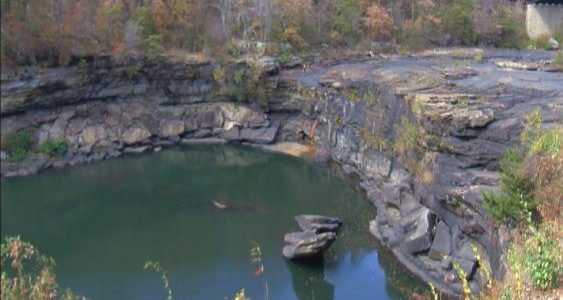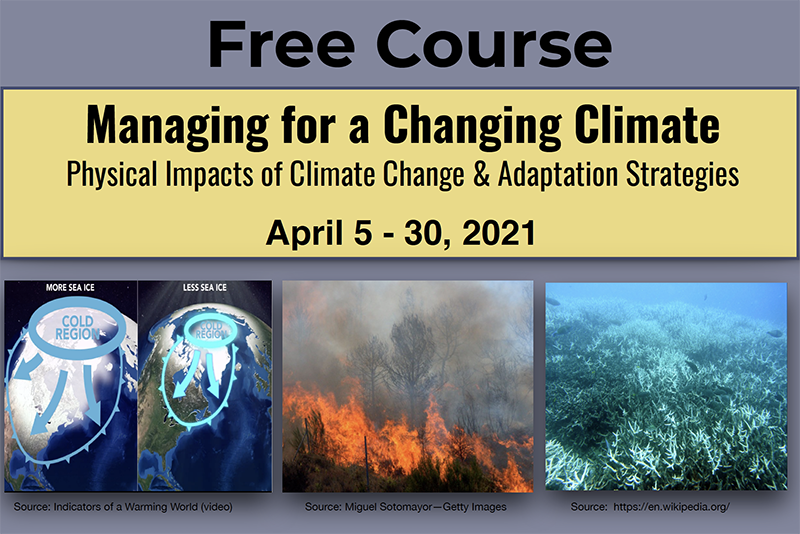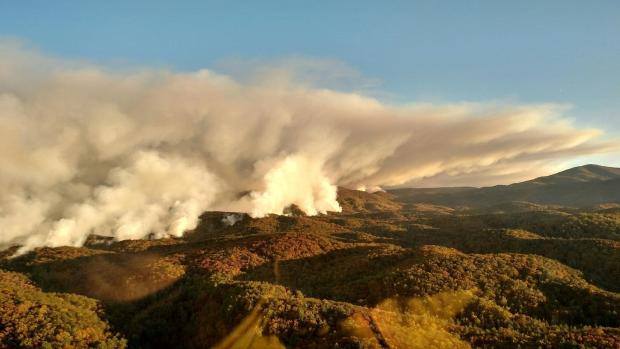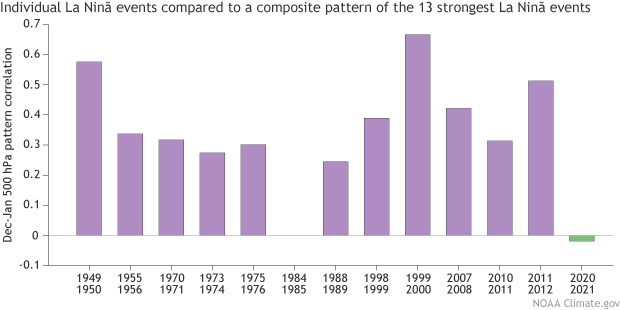Climate science
-

A new study published recently in the journal Science shows that as the climate gets warmer, it is affecting the flows of rivers around the world. The water cycle is getting accelerated, leading to both more flooding and more droughts. That affects the flow of rivers, since flooding overtops the banks, while droughts leave very…
-

The South Central Climate Adaptation Science Center is offering a free online course on climate change and how to adapt in April that you may be interested in participating in. This self-paced, 4-week course will introduce participants to the physical and ecological impacts of climate change. These include how climate change may impact hydrology, polar…
-

Have you ever heard the term “flash drought” and wondered where it came from? It turns out that it has only been around for about 20 years, but is being used more and more to describe a drought that comes on quickly and severely. If you are interested, you might like to read this article…
-

Here is an educational resource for middle school teachers and others who work with kids that age. The U.S. Environmental Protection Agency, in partnership with six other federal agencies—National Park Service, U.S. Fish and Wildlife Service, NOAA, NASA, U.S. Forest Service, and Bureau of Land Management—developed a kit to aid educators in teaching how climate…
Posted in: Climate science -

I’ve heard many complaints about this year’s winter forecast and how far off it was. Here is an excellent discussion of how seasonal forecasts are made and how they can be off. They show that for what we knew in November, a typical La Nina pattern was the most reasonable forecast. The things that changed…
-

Last week’s Georgia Climate Project webinar on how climate change is affecting Georgia’s weather is now available for viewing on their YouTube Channel. It features several speakers talking about how the climate of the Southeast is changing and how it is affecting weather patterns in the area. You can watch it at https://www.youtube.com/watch?v=ArWjO110F6A&list=PL9kAedrE5bBHj8u3lIzsi1JmBHjne5LRF&index=5. You can…
Posted in: Climate science -

Today is March 1, and that means that it is now climatological spring. What a crazy winter it has been! Climatologists tie the start of spring to the beginning March for a number of reasons. Originally it was done for convenience when people had to do their climate average calculations by hand, but now you…